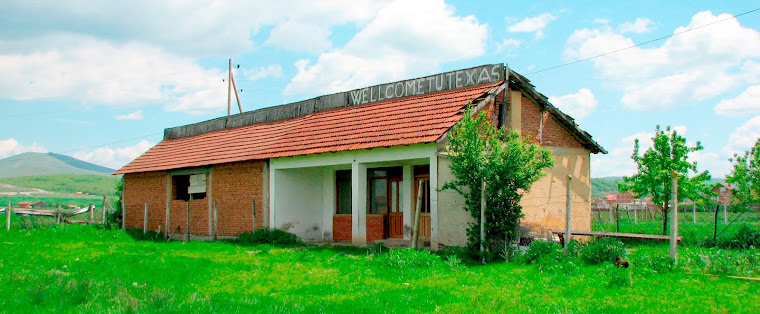

However my favourites were all written before that particular period. I remember a flurry of books coming out at the time of the disintegration of Yugoslavia, the best of which for me were the books written by Misha Glenny. Todorova has also edited volumes, and numerous articles and essays on social and cultural history, historical demography, and historiography of the Balkans in the 19th and 20th centuries.What are the best books you have read about the Balkans? Remembering Communism: Private and Public Recollections of Lived Experience in Southeast Europe, (with Augusta Dimou and Stefan Troebst), CEU Press, 2014.Remembering Communism: Genres of Representation.Postcommunist Nostalgia, Maria Todorova and Zsuzsa Gille (Eds.) Berghahn Books, 2010.Budapest: Central European University Press, 2009 Bones of Contention: the Living Archive of Vasil Levski and the Making of Bulgaria’s National Hero.

"The Mausoleum of Georgi Dimitrov as lieu de mémoire," The Journal of Modern History Vol.Balkan Identities: Nation and Memory, Hurst, London & New York University Press, 2004.Balkan Family Structure and the European Pattern: Demographic Developments in Ottoman Bulgaria, Central European University Press, 2006.English Travelers' Accounts on the Balkans (16th-19th c.) (in Bulgarian, Sofia, 1987).England, Russia, and the Tanzimat (in Russian, Moscow, 1983 in Bulgarian, Sofia, 1980).Historians on History (in Bulgarian, Sofia, 1988), Selected Sources for Balkan History (in Bulgarian, Sofia, 1977).He said, 'You know, now that I look back, I have been guilty of Balkanism,' which was a really honest intellectual response. When confronted with this idea, people may feel somewhat uneasy, especially on the political scene.The most gratifying response to me came from a very good British journalist, Misha Glenny, who has written well and extensively on the Balkans. The central idea of Imagining the Balkans is that there is a discourse, which I term Balkanism, that creates a stereotype of the Balkans, and politics is significantly and organically intertwined with this discourse. In it, she develops a theory of Balkanism or Nesting Balkanisms, similar to Edward Said's Orientalism and Milica Bakić-Hayden's Nesting Orientalisms. Her groundbreaking work, Imagining the Balkans deals with the region's inconsistent (but usually negative) image inside Western culture, as well as with the paradoxes of cultural reference and its assumptions. Todorova is well known for her work concerning the history of the Balkans.


 0 kommentar(er)
0 kommentar(er)
